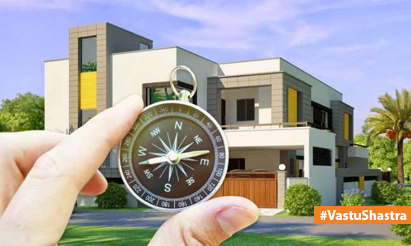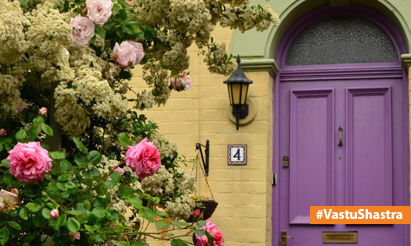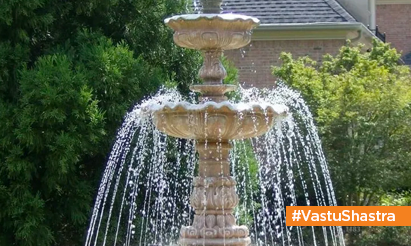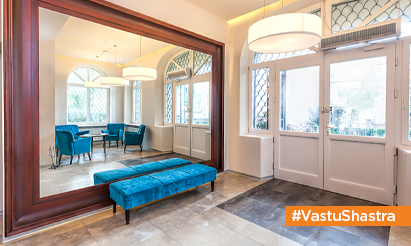Harmonizing Your Home with Staircase Vastu: A Guide to Positive Energy Flow!
Vastu Shastra, the ancient Indian science of architecture and design, emphasizes the importance of creating harmonious living spaces. In Vastu, even the placement and design of staircases within a home hold significant value. Known as “Staircase Vastu,” this practice ensures that the flow of energy in your home remains positive and balanced. In this article, we explore the principles of Staircase Vastu and provide you with essential guidelines to create an energetically balanced staircase in your home.
- Placement and Direction: According to Staircase Vastu, the ideal placement of a staircase is in the South or West direction of a building. Avoid constructing staircases in the center or corners of the house, as these locations disrupt the natural energy flow. It is believed that a staircase in the South or West direction facilitates the smooth movement of energy, bringing stability and positivity to the home.
- Design and Shape: The design and shape of the staircase also play a crucial role in Staircase Vastu. The staircase should ideally be constructed in a clockwise direction, as per Vastu principles. A clockwise staircase is said to enhance the upward flow of energy, symbolizing progress and growth. Additionally, ensure that the steps are uniform in size, width, and height for safe and comfortable usage.
- Avoiding Obstacles and Clutter: A clear and unobstructed staircase is essential for maintaining positive energy flow. Ensure that the staircase area is free from any obstructions, such as furniture, plants, or other objects. Clutter should also be avoided on the stairs themselves, as it hampers the smooth movement of energy. A clutter-free and well-maintained staircase allows for the free flow of energy throughout the house.
- Lighting and Ventilation: A well-lit and ventilated staircase contributes to a positive and inviting ambiance. Natural light is preferred, so if possible, incorporate windows or skylights near the staircase area. Adequate artificial lighting should also be installed to ensure safety and comfort during darker hours. Proper ventilation not only allows fresh air to circulate but also prevents stagnant energy from accumulating on the staircase.
- Colors and Materials: The colors and materials used in the staircase design can greatly influence the overall Vastu energy of your home. According to Staircase Vastu, earthy tones like beige, brown, or terracotta are considered auspicious for the staircase. Avoid using dark or vibrant colors that may create a sense of heaviness or imbalance. Additionally, choose materials that are durable, non-slip, and easy to maintain to ensure the longevity and safety of your staircase.
- Balancing Yin and Yang Energies: Incorporating elements of balance is crucial in Staircase Vastu. For example, if the staircase is constructed using materials like wood, consider adding metal handrails for a harmonious balance of yin and yang energies. Similarly, balance the open space of the staircase with suitable artwork, mirrors, or indoor plants to create a sense of equilibrium and positive energy.
Conclusion: Implementing Staircase Vastu principles in your home can help create an environment that fosters positive energy flow, harmony, and well-being. By carefully considering the placement, design, lighting, ventilation, colors, and materials of your staircase, you can create a visually pleasing and energetically balanced space. Remember that Staircase Vastu is just one aspect of creating a harmonious home according to Vastu principles. Consulting with a Vastu expert can provide further guidance tailored to your specific needs and ensure that your staircase becomes an integral part of a balanced and positive living environment.
Disclaimer: The views expressed above are for informational purposes only based on industry reports and related news stories. PropertyPistol does not guarantee the accuracy, completeness, or reliability of the information and shall not be held responsible for any action taken based on the published information.




